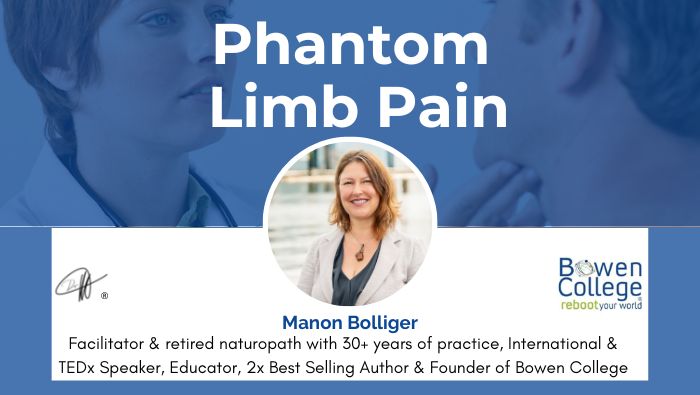In the last post we started to explore the role of the brain in pain and recovery. An especially powerful aspect of this is the role of perception. A 2011 study established neural evidence for the brain’s role in controlling motor output (Tanaka et al., 2011, p.38). As physical fatigue signals are fed back to the brain through sensory systems, and the brain controls motor output to maintain physical performance and homeostasis, “the mirror visual feedback system may also influence the fatigue-related changes in the motor cortex.”
This finding confirms the work of Ramachandran et al. (1995) on visual feedback using Ramachandran’s mirror box to treat semi-paresis following stroke and phantom limb pain. The authors establish that multimodal sensory information, especially visual information, contribute to the integration of sensorimotor loops and consequently internal representations of movement.
Said in another way, we see an action, which we can repeat in our minds until such time that our brain can repeat and potentiate the action.
Ramachandran’s earlier studies employed concurrent imagery of phantom hand movement. However, more recent studies show that “movement and stimulation of one hand also transfer to the other hand” and are in accordance with the findings of Brodie et al. (2007) that “mere movement of the intact hand without a mirror also led to a change in phantom pain and phantom sensation.”
Yet another study demonstrated that viewing movements of one’s hand in a mirror evoked “activity in the brain contralateral to the hand that is perceived.” (Diers, Martin et al.,) Thus, the brain feels what it perceives, rather than the actual physical stimulus. What then are the implications of this brain science for the topic at hand? We’ll look at that next.









